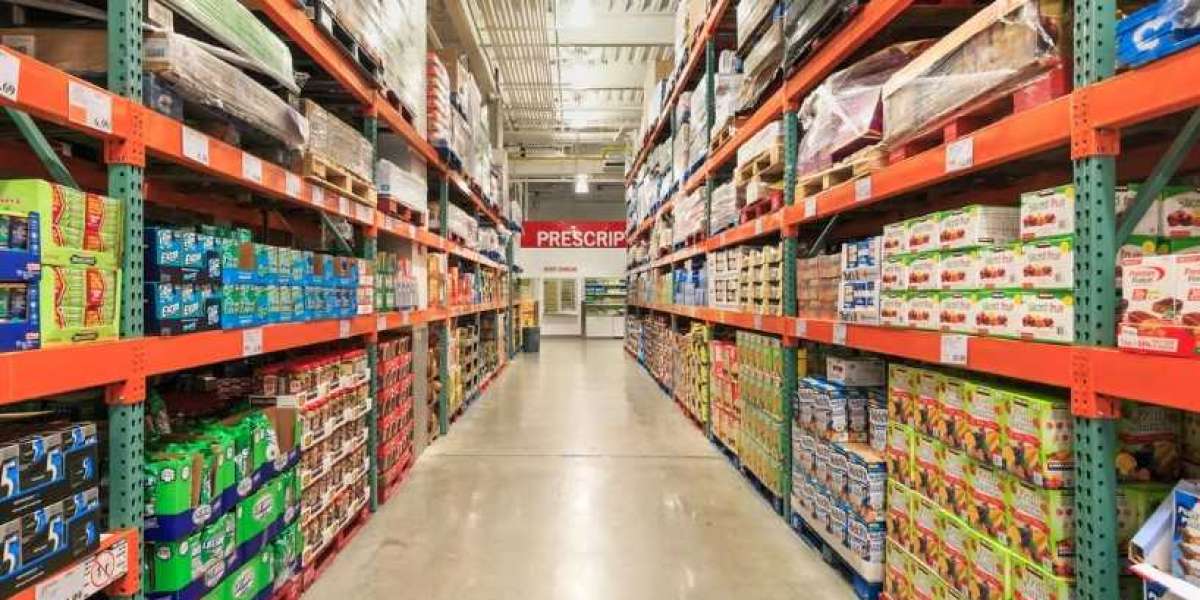In the vast ecosystem of food distribution, numerous methods are employed to ensure that food reaches consumers efficiently and safely. From the initial stages of production to the final point of sale, each step in the process plays a crucial role in delivering fresh and nutritious products to households, restaurants, and markets worldwide.
Farming and Harvesting
The journey of food distribution begins at the source: farms. Agriculture serves as the foundation of our food supply chain, with farmers cultivating crops and raising livestock to meet consumer demand. Modern farming practices employ advanced techniques, including precision agriculture and sustainable farming methods, to enhance productivity while minimizing environmental impact.
Harvesting marks the transition from field to fork, as crops are gathered at peak ripeness to preserve flavor and nutritional value. For perishable goods like fruits and vegetables, timing is of the essence to ensure freshness during transportation and storage.
Processing and Packaging
After harvesting, many food products undergo processing and packaging to prolong shelf life and maintain quality. Processing facilities transform raw ingredients into consumer-ready goods through various methods such as cutting, cooking, freezing, and canning.
Packaging plays a dual role in food distribution, serving as both a protective barrier and a marketing tool. Proper packaging extends product freshness and safety while also conveying essential information to consumers, including nutritional content, expiration dates, and handling instructions.
Transportation and Logistics
Efficient transportation networks are essential for the timely delivery of food from production facilities to distribution centers, retailers, and ultimately, consumers' homes. The logistics of food distribution involve intricate planning to optimize routes, minimize transit times, and reduce costs.
Various modes of transportation, including trucks, trains, ships, and airplanes, are utilized to transport food products over short and long distances. Refrigerated and climate-controlled vehicles ensure that perishable goods remain at optimal temperatures throughout transit, preserving quality and safety.
Distribution Channels
Food distribution channels encompass a diverse array of intermediaries that facilitate the movement of products from producers to consumers. These channels may include wholesalers, distributors, retailers, and e-commerce platforms, each playing a unique role in the supply chain.
Wholesalers purchase goods in bulk from manufacturers or growers and distribute them to retailers or food service establishments. Food distributors in bay area serve as intermediaries between producers and retailers, managing inventory and delivering products to storefronts or warehouses.
Retail and Consumer Experience
The final stage of food distribution occurs at the point of sale, where consumers interact directly with products in retail environments or online platforms. Retailers play a pivotal role in curating assortments, merchandising displays, and providing customer service to enhance the shopping experience.
With the rise of e-commerce, online grocery shopping has become increasingly popular, offering convenience and accessibility to consumers worldwide. Digital platforms allow shoppers to browse a vast selection of products, compare prices, and schedule deliveries at their convenience.
Conclusion
The methods of food distribution encompass a multifaceted process involving farming, processing, transportation, distribution channels, and retail outlets. By understanding the complexities of this supply chain, stakeholders can collaborate to ensure the efficient and sustainable delivery of food from farm to fork.



